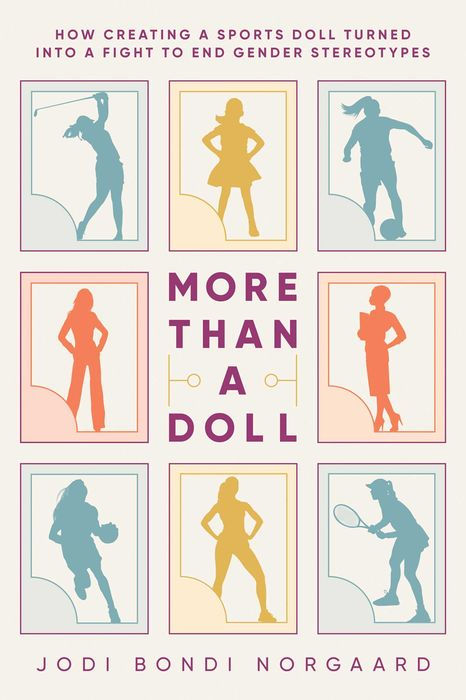
Darby, a transmasc guy from a small town in Illinois, has been living in NYC for ten years, since he turned eighteen. He's acquired queer/trans friend group, but just got fired and is about to lose his apartment. He decides to temporarily move back in with his mom in Illinois. But things have changed in his town. Michael, his old bestie/crush, who he had a terrible breakup with ten years ago, has come out as gay. And the old bookstore Darby used to work at is still there... and his pre-transition teenage self is still working there.
Isn't that a great premise? The central conceit of meeting your own younger self when you return to the town you grew up in is such a perfect metaphor, made even more powerful by the split between pre- and post-transition.
Unfortunately, most of the book is not actually about that. It's mostly about Darby just kind of hanging around and feeling repetitively guilty about having been totally out of touch with his extremely supportive mom, and crushing on Michael while they both either fail to or refuse to actually communicate about either their present feelings or what went down between them as teenagers. (Darby literally can't even remember what their fight was about, but when he tells Michael this, Michael gets mad and stomps off without telling him.) When Darby finally does actually talk to his teenage self, he's mostly interested in trying to stop his teenage self from getting in that fight with teenage Michael.
This would be kind of okay if the book was a romance, where things are centered around the romantic relationship, but it isn't. It's a coming of age story, but it's only in the last two chapters that any actual character growth happens. Up until that point, Darby is kind of maddening. He's 28 but acts at least eight years younger. That's the point - he's a case of arrested development - but it was so annoying to read. It doesn't help that Michael acts way more mature than Darby except when it's necessary to keep them from communicating about anything important, and then he just refuses to talk like an adult.
I found this book frustrating. The author is obviously talented but the book needed at least another draft. Also, the bookstore itself isn't important, it's just the place where young Darby works.
( Read more... )
I feel like I'm saying this a lot recently, but this book would have been so much better if the entire book had been about the supposed premise which in fact only got about 10% of the total page time.




